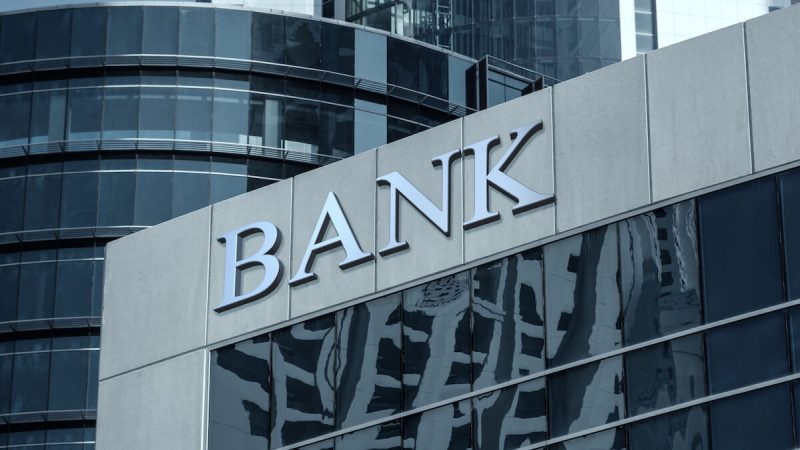The Complexity of the Modern Banking System: Are We Headed Towards Disaster?
Leverage and Risk Appetite
One of the key factors that deserve our attention when evaluating the stability of the banking system is the level of leverage utilized by financial institutions. Leverage, which refers to the use of borrowed funds to increase exposure to potential gains, can magnify the profitability of banks, but it also significantly amplifies their potential losses. In recent years, banks have been employing high levels of leverage in pursuit of greater returns, thereby increasing the systemic risk in the banking sector. This heightened risk appetite, while potentially rewarding in the short term, could pave the way for a systemic implosion if market conditions take a turn for the worse.
Opaque Derivative Exposures
Another critical aspect that could signal trouble for the banking system is the presence of opaque derivative exposures. Derivatives, which are financial instruments whose value is derived from an underlying asset or benchmark, are widely used by banks for risk management and speculation. However, the complexity and interconnectedness of derivative contracts could pose a significant threat to the stability of the financial system. A lack of transparency in derivative markets makes it challenging for regulators and investors to assess the true risk exposure of banks, leaving the system vulnerable to sudden shocks and cascading defaults.
Interconnectedness and Contagion Risk
The interconnected nature of the global banking system also raises concerns about the potential for contagion risk. Banks are intricately linked through various channels, such as interbank lending, derivatives trading, and cross-border exposures. In the event of a financial shock or the failure of a major financial institution, these interconnections can quickly transmit stress throughout the system, leading to a domino effect of defaults and liquidity crises. The interconnectedness of banks not only amplifies systemic risk but also complicates the task of managing and containing financial crises, as the failure of one institution can have far-reaching repercussions.
Solvency and Liquidity Pressures
Solvency and liquidity pressures are key indicators to monitor when assessing the stability of the banking system. Solvency risk, which refers to a bank’s ability to meet its long-term financial obligations, can arise when a bank’s assets deteriorate in value or when its capital reserves are insufficient to absorb losses. Liquidity risk, on the other hand, pertains to a bank’s ability to meet its short-term funding needs and can materialize when banks face difficulties in rolling over their funding, accessing the interbank market, or converting assets into cash. A combination of solvency and liquidity pressures can quickly erode market confidence in a bank, leading to a run on deposits and a broader crisis of confidence in the banking system.
Regulatory and Supervisory Oversight
Last but not least, the effectiveness of regulatory and supervisory oversight plays a crucial role in safeguarding the stability of the banking system. Regulatory authorities are tasked with setting prudential standards, conducting stress tests, and monitoring compliance with regulations to ensure that banks operate in a safe and sound manner. Supervisory authorities, on the other hand, are responsible for conducting on-site examinations, assessing the risk management practices of banks, and intervening when necessary to prevent systemic risks from materializing. A robust regulatory and supervisory framework is essential for maintaining the resilience of the banking system and mitigating the risk of systemic implosion.
In conclusion, the modern banking system is a complex and interconnected network of financial institutions that plays a vital role in the global economy. While banks have made significant strides in strengthening their balance sheets and risk management practices since the 2008 financial crisis, challenges remain that could jeopardize the stability of the system. Heightened leverage, opaque derivative exposures, interconnectedness, solvency and liquidity pressures, and regulatory oversight are all factors that warrant close attention when evaluating the health of the banking sector. By staying vigilant and addressing these potential vulnerabilities, policymakers, regulators, and market participants can work together to mitigate the risk of a systemic implosion and uphold the resilience of the banking system in the face of future challenges.



























